Trek to Yomi is an homage to Akira Kurosawa and classic samurai films in every aspect of its design, for better and, occasionally, worse. The game focuses on telling the revenge tale of Hiroki, who must deal with a perilous journey to defeat the man who destroyed his village. Trek to Yomi uses familiar storytelling tropes, unique static camera angles, and a black-and-white palette overlaid with film grain to embrace and challenge old samurai film. The result is a beautiful game that maximizes its art design within its limited combat.
Combat flows smoothly, outside of boss fights

The combat of Trek to Yomi is trying to punch above its weight class and succeeds most of the time. Full of different combos, attack types, and parries, Hiroki feels like a skilled samurai, adding even more combos and ranged-weapons to his arsenal throughout the journey. Where it begins to lack is in both enemy variety and in the boss fights.
The game has a limited number of enemy types, split between armored and unarmored enemies. While some slight varieties and different weapon types break up the combat, it was easy to fall into a pattern of using the same two combos, depending on if the enemy has armor. It can also be a bit difficult to tell what type an enemy is, if the camera is set further away from the combat. All of the cues are visual. Thus, the black-and-white coloring can cause a split second of confusion and can cost you a hit point or two.
That said, once it becomes clear which enemies you are fighting, the combat has a chance to shine. A combination of different directions, light attacks, and heavy attacks make for a variety of combos. Taking out an unarmored enemy with a flurry of light attacks to spin into a stun combo for the armored enemy behind you is satisfying. Trek to Yomi throws just enough enemies at you between every checkpoint to make you sweat a bit without it feeling like a struggle to just progress.
Boss fights typically come at the end of chapters, and feel uneven. Bosses hit for large amounts of damage, sometimes even from afar. You deal an equally high amount of damage to bosses on the normal difficulty, but this design decides each fight in the first few moments. You rarely have the opportunity to overcome a bad start to the fight. One boss in particular had a fast combo that could wipe out my nearly maxed out health bar, resulting in a fight that I would consider a wash the moment I got struck. For fights that are meant to feel like big cinematic duels, the result is usually uneven, with either the boss or myself winning handily.
The Trek

Moving during levels presents an interesting contrast, with combat sequences locked into side scrolling movement while you can move more freely outside of combat. Health, stamina, and ranged weapon upgrades are hidden off the beaten path. Most of the time these paths are pretty clear, but sometimes the camera angle, combined with the black-and-white palette, can make it difficult to tell where you can or cannot go, or if you are continuing down the main path or not. There are also times where there is clearly a path in the environment, but it isn’t actually a designed path you can take.
Where Trek to Yomi truly shines is in the art direction and style. Every single section of the game is deliberately framed and set like an old Japanese samurai film. This results in gorgeous and interesting shots, with tree branches in the foreground or the camera clearly sitting inside of a box or window. This is consistent throughout the game, giving credence to it as an homage, while also providing something unique. The combat sections are typically set more simply, but still let the artistry come through. The cut scenes take this even further, feeling straight out of a Kurosawa film.
The art isn’t backed up by the story unfortunately. The story of Hiroki is simple: a group of bandits have come and destroyed his village. He must journey through the afterlife in order to discover his true calling and make his way back to avenge his home. This story is faithful to the simplistic plot of old Samurai films, but fails to reach the thematic depth that many of the classics had. Instead the simple story doesn’t go beyond a simple choice between duty and love. There aren’t too many surprises or turns, with the story following the exact path laid out before it. There are a few choices to be made during the story but these are superficial and do not have much impact on the narrative as a whole.
The verdict

Trek to Yomi is a beautiful homage to a specific genre of old Japanese cinema and the artists who created those films. While occasionally too rigid in its dedication to paying tribute, a combat system with enough depth to satisfy most people and scenery worthy of its own canvas at every turn makes it a journey worth taking. A lackluster story and a few uneven boss fights leave the game short of being incredible, but it is still a worthy tribute.
Final Score:
8 / 10
| + | Gorgeous art throughout the experience |
| + | Easy-to-learn combat that has depth |
| + | Unique shot composition throughout |
| – | A lackluster story that doesn’t quite entertain for the full run time |
| – | Uneven boss fights that feel decided within seconds of starting |
Gamepur team received a PC code for the purpose of this review.

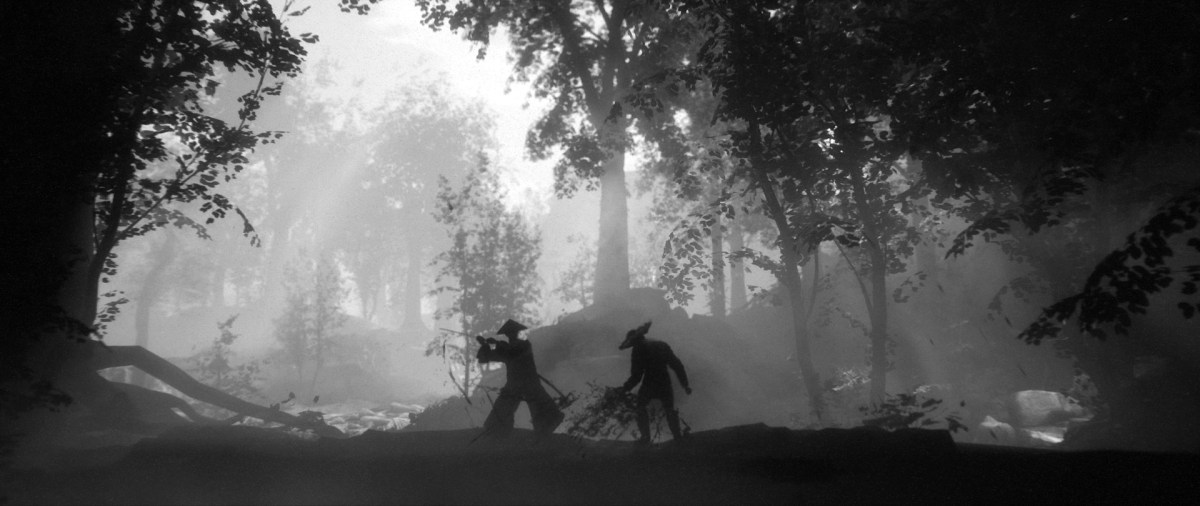
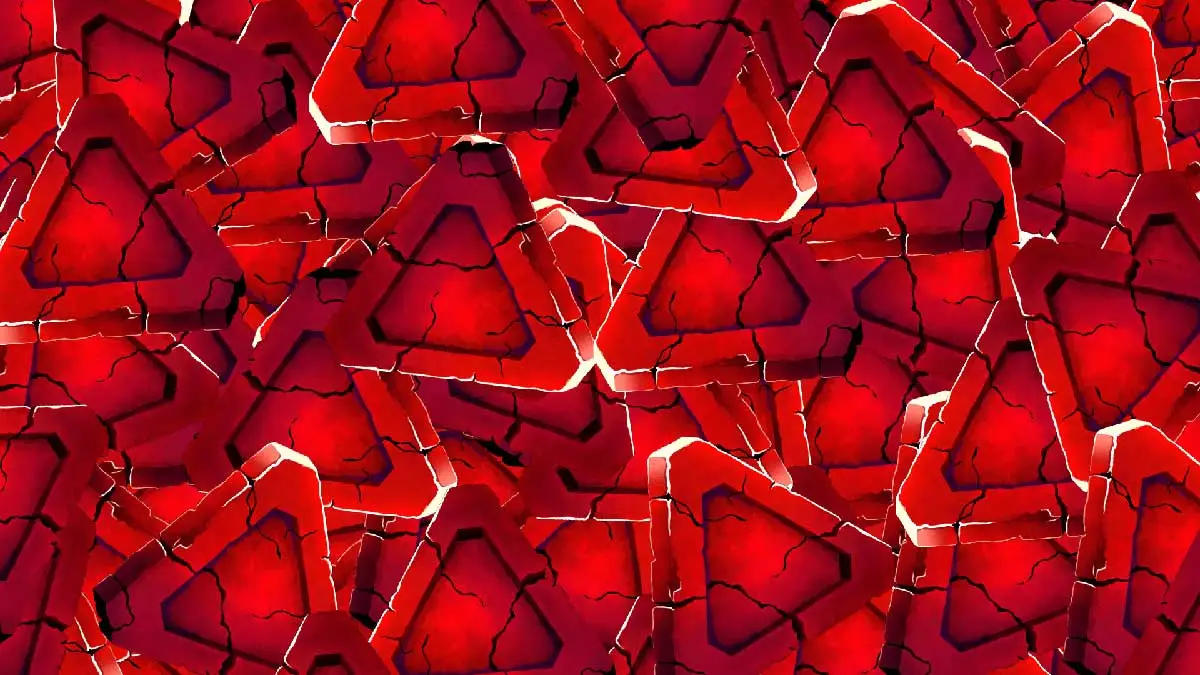

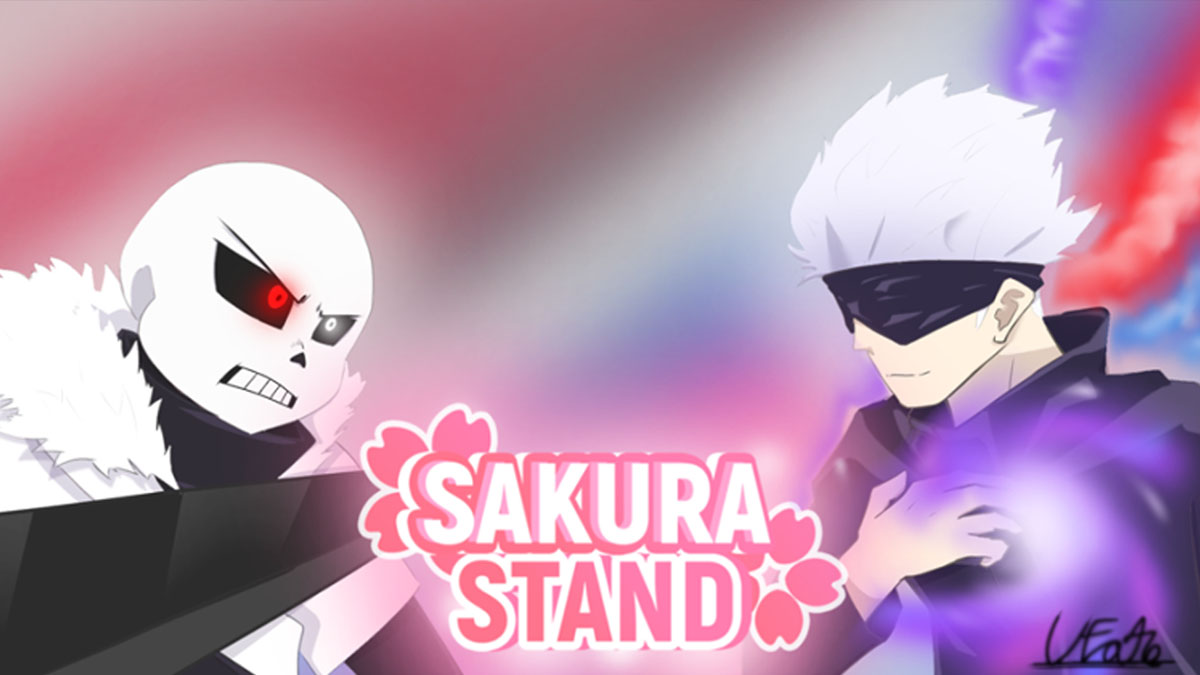
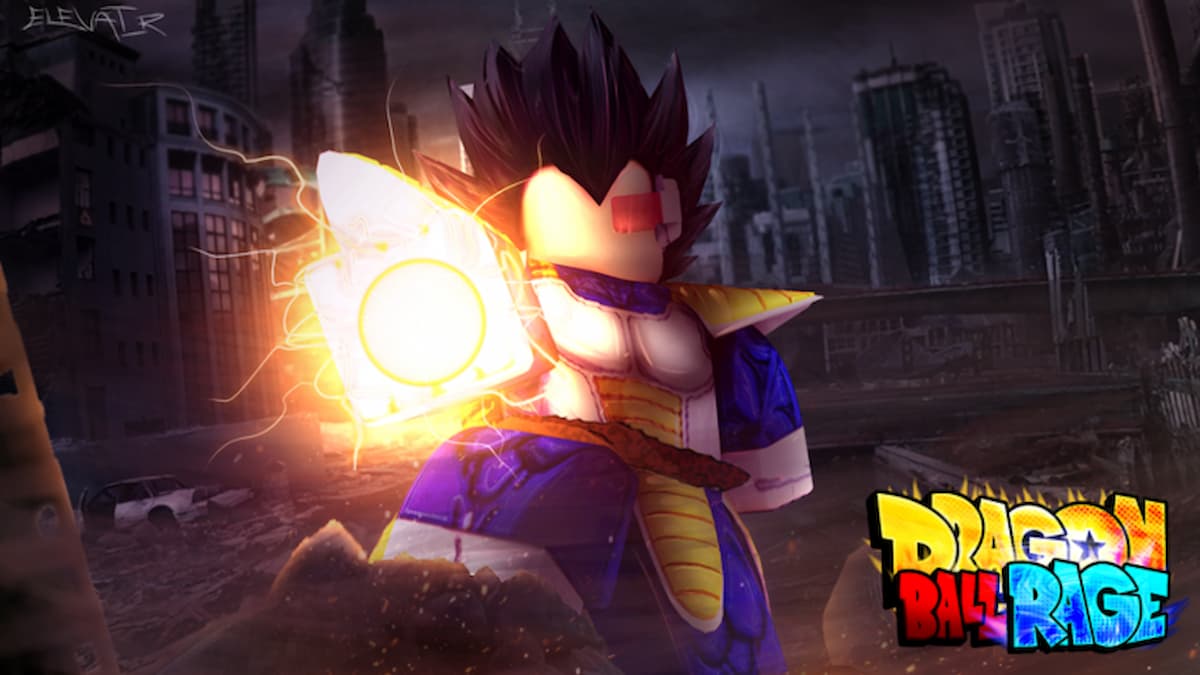
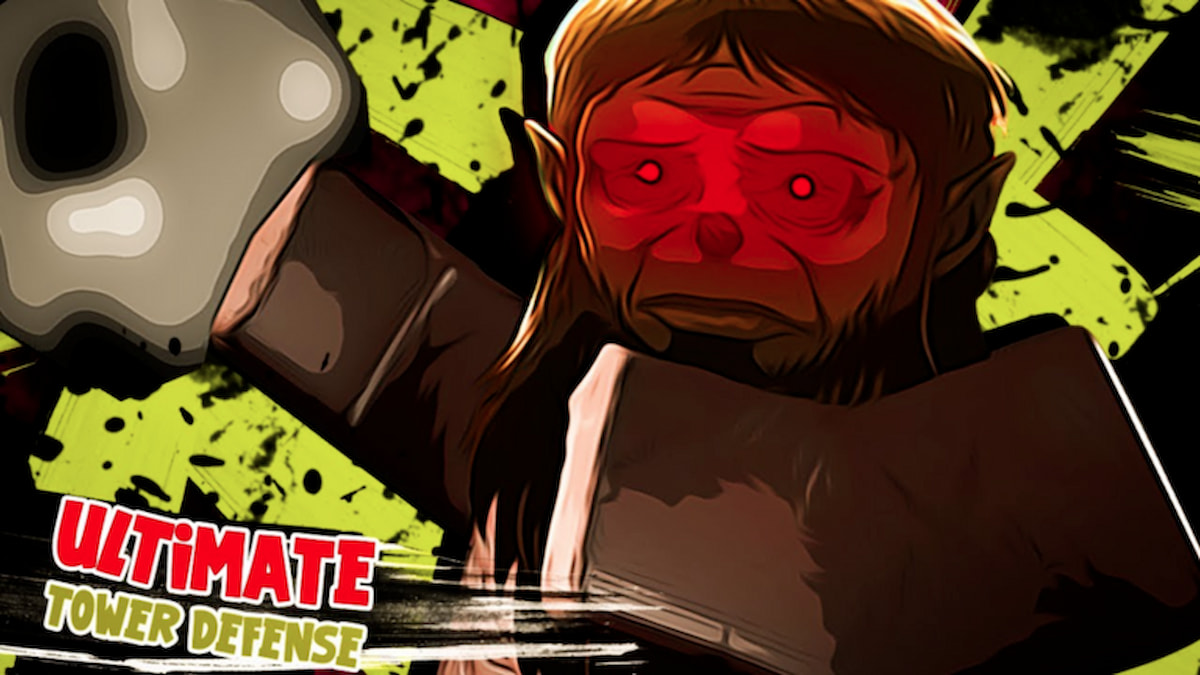
Published: May 5, 2022 08:00 am